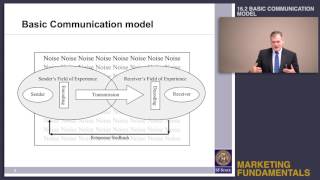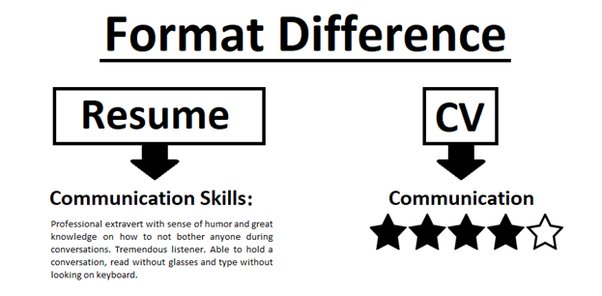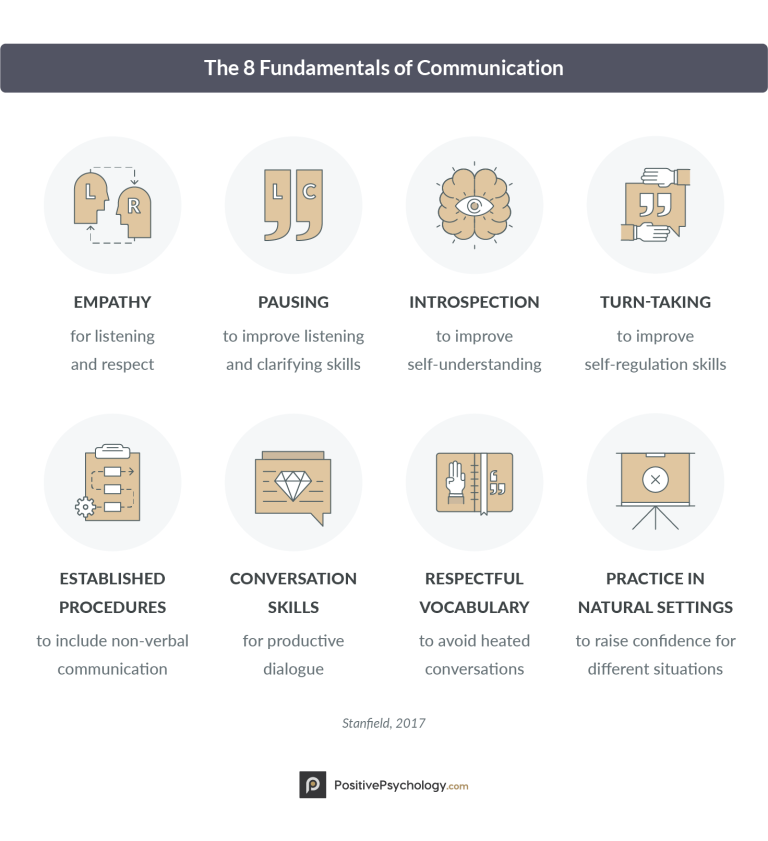What is the Basic Communication Model?
The basic communication model is a framework that explains how messages are sent and received between a sender and receiver. It consists of five elements: the sender, the message, the channel, the receiver, and feedback.
In any communication interaction, the sender encodes the message, which is then transmitted through a channel to reach the receiver who decodes it. Feedback is the response or reaction from the receiver, completing the communication loop. Understanding this model is crucial for effective communication and ensuring clear, concise, and meaningful exchange of information.
It helps in identifying potential barriers and improving the overall communication process.

Credit: communicationmgmt.usc.edu
The Components Of The Communication Model
The sender, message, and receiver are the three essential components of the basic communication model. The sender is the person who initiates the communication process by encoding a message. The message is the information being transmitted from the sender to the receiver.
The receiver, on the other hand, is the person who decodes the message and understands the intended meaning. These components work together to ensure effective communication. The sender must carefully choose the right words and encode the message in a way that the receiver can understand.
The receiver, in turn, must be attentive and open to receiving the message. By understanding and applying the basic communication model, individuals can improve their communication skills and enhance their interactions with others.
The Process Of Communication
The basic communication model involves the process of encoding, channeling, and decoding information. Encoding refers to the conversion of thoughts and ideas into a form that can be transmitted. It involves using words, gestures, or other means to express a message.
The channel is the medium through which the message is sent, such as face-to-face conversation, writing, or digital platforms. Decoding is the process of receiving the message and interpreting its meaning. It involves understanding the symbols, words, or signs used in the communication.
Effective communication relies on clear encoding, a suitable channel, and accurate decoding for the message to be understood and successfully communicated. The basic communication model forms the foundation for effective communication, whether it is interpersonal, organizational, or mass communication. Understanding this model helps individuals and organizations improve their communication skills and ensures that messages are accurately conveyed and received.
Barriers To Effective Communication
The basic communication model encompasses various elements that play a crucial role in effective communication. When individuals engage in communication, they often encounter barriers that hinder the process. One such barrier is language, where differences in vocabulary, grammar, and pronunciation may impede clear understanding.
Cultural barriers can also arise, as differing beliefs, values, and customs may lead to misunderstandings. Additionally, physical barriers like distance, noise, or technological issues can disrupt communication flow. Overcoming these barriers requires awareness, active listening, and employing appropriate communication strategies.
By addressing language, cultural, and physical barriers, individuals can enhance their ability to communicate effectively and foster better understanding in various contexts.
Frequently Asked Questions
What Are The 5 Basic Models Of Communication?
The 5 basic models of communication include sender-receiver, transmission, noise, feedback, and context. In the sender-receiver model, information is exchanged between a sender and a receiver. Transmission refers to the process of conveying the message through a channel, such as verbal or written communication.
Noise refers to any interference that may disrupt the message, such as distractions or physical barriers. Feedback refers to the response or reaction received from the receiver, which allows the sender to assess the effectiveness of their message. Context refers to the surrounding circumstances that can influence communication, such as cultural norms or physical environment.
These five models provide a framework for understanding how communication occurs and can help improve effective communication.
What Are Three The Basic Communication Model?
The three basic communication models are linear, interactive, and transactional. In the linear model, the sender transmits a message to the receiver through a channel, such as speech or writing. The interactive model involves two-way communication, where the sender and receiver take turns to send and receive messages.
Feedback is an essential component of this model. The transactional model views communication as an ongoing process that involves simultaneous encoding and decoding of messages by both the sender and receiver. It emphasizes that communication is influenced by various factors, including context, noise, and individual experiences.
These models provide a framework to understand the different elements and dynamics involved in effective communication.
What Is The Basic Communication Model?
The basic communication model is a simplified representation of how people exchange information. It consists of a sender who initiates the message, a message that is conveyed, a channel through which the message is sent, a receiver who interprets the message, and feedback that is provided by the receiver.
How Does The Basic Communication Model Work?
In the basic communication model, the sender formulates a message and transmits it through a chosen channel. The receiver then receives the message and decodes it, attempting to understand the sender’s intended meaning. Feedback can then be provided by the receiver to the sender, which helps ensure effective communication.
Conclusion
To summarize, understanding the basic communication model is essential for effective communication in both personal and professional settings. It provides a framework for how messages are sent and received, allowing individuals to better comprehend the process and make informed choices on how to effectively transmit information.
By recognizing the sender, encoding, channel, decoding, receiver, and feedback, individuals can navigate the communication process successfully. Effective communication improves relationships, teamwork, and productivity, facilitating the achievement of goals and objectives. Additionally, the basic communication model helps identify barriers and challenges that can hinder effective communication, such as noise, language barriers, or misunderstandings.
By acknowledging and addressing these obstacles, individuals can work towards creating a more efficient and enriching communication environment. Ultimately, mastering the basic communication model empowers individuals to become effective communicators, fostering stronger connections with others and leading to overall success in personal and professional endeavors.



